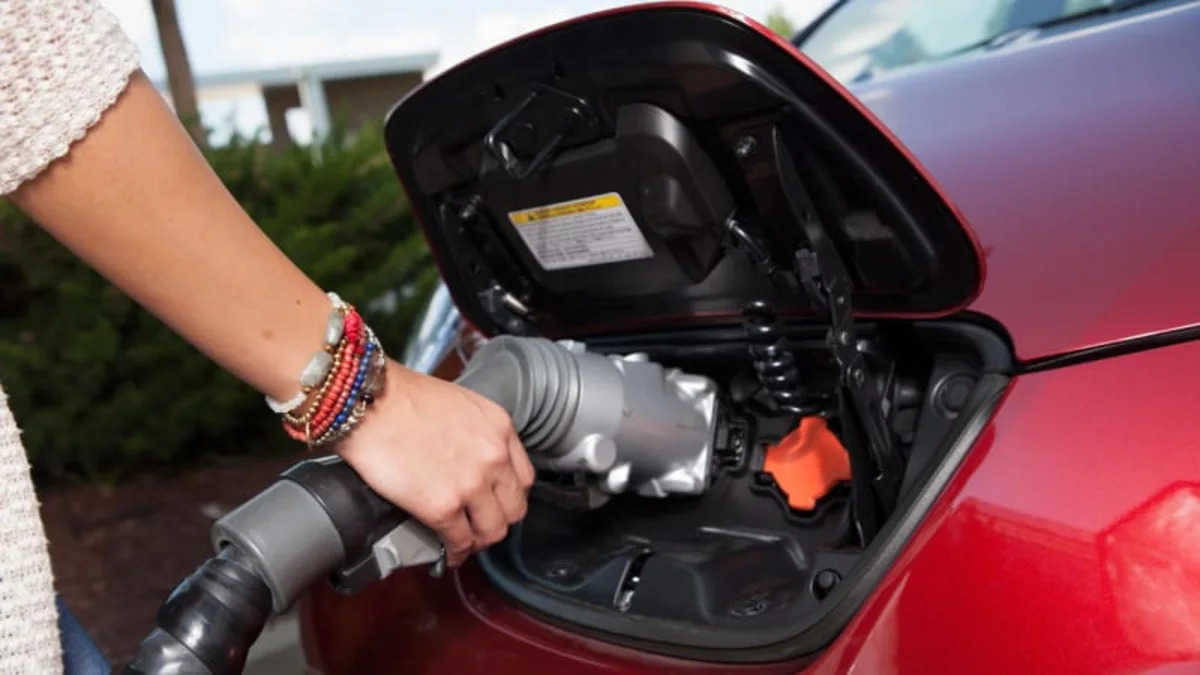When it comes to electric vehicles and plug-ins in general, the Environmental Protection Agency-certified range is a hugely important number. While actual range anxiety is largely psychological, the magic number does provide a point of comparison of buyers considering one EV over another. The driving distance is also often touted by automakers when marketing their models. Unfortunately, as Green Car Reports finds in a recent deep dive, the way the EPA calculates the figure is a convoluted mess, and discovering the reasons why is definitely worth the read.
The issue isn't about bad science but instead comes down to vague wording. The EPA's accepted range test is sourced from an evaluation called J-1634 from the Society of Automotive Engineers, and it seems to provide balanced results for vehicles that automatically reach a single state of charge when plugged in. However for models with multiple charge settings, the situation gets complicated very quickly. Of course, these modes are often created in the software, meaning that a car's certified driving distance can change with just a few taps of the keyboard without the real world results owners might experience actually changing.
By showing the test's effects on the certified range for the Tesla Model S, Nissan Leaf and Mercedes-Benz B-Class Electric Drive over the last few years, Green Car Reports makes a compelling argument that it's the evaluation that needs to change. Thankfully, it appears that the solution is a very simple one. Get the details here.
The issue isn't about bad science but instead comes down to vague wording. The EPA's accepted range test is sourced from an evaluation called J-1634 from the Society of Automotive Engineers, and it seems to provide balanced results for vehicles that automatically reach a single state of charge when plugged in. However for models with multiple charge settings, the situation gets complicated very quickly. Of course, these modes are often created in the software, meaning that a car's certified driving distance can change with just a few taps of the keyboard without the real world results owners might experience actually changing.
By showing the test's effects on the certified range for the Tesla Model S, Nissan Leaf and Mercedes-Benz B-Class Electric Drive over the last few years, Green Car Reports makes a compelling argument that it's the evaluation that needs to change. Thankfully, it appears that the solution is a very simple one. Get the details here.


Sign in to post
Please sign in to leave a comment.
Continue